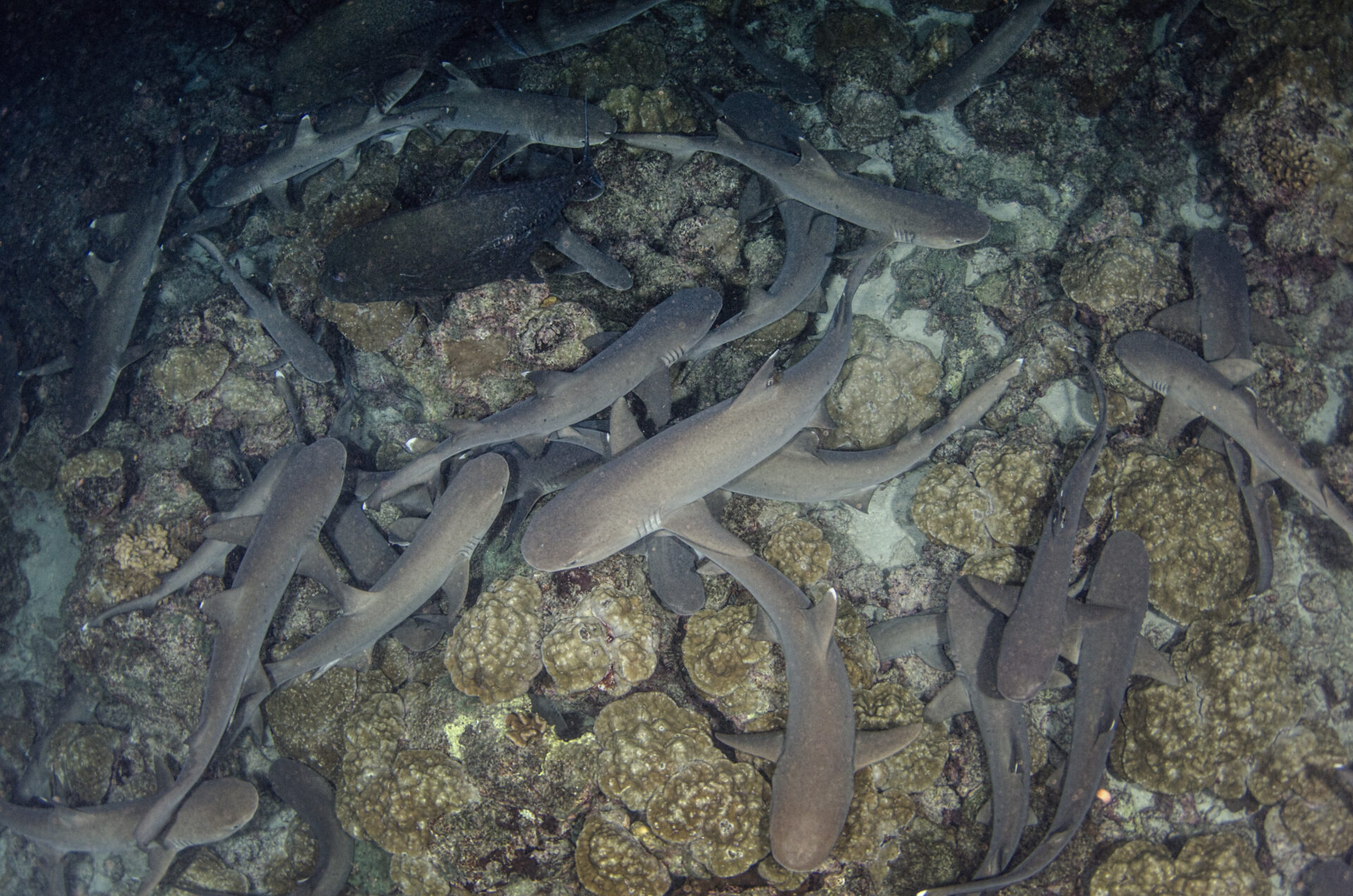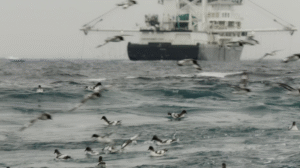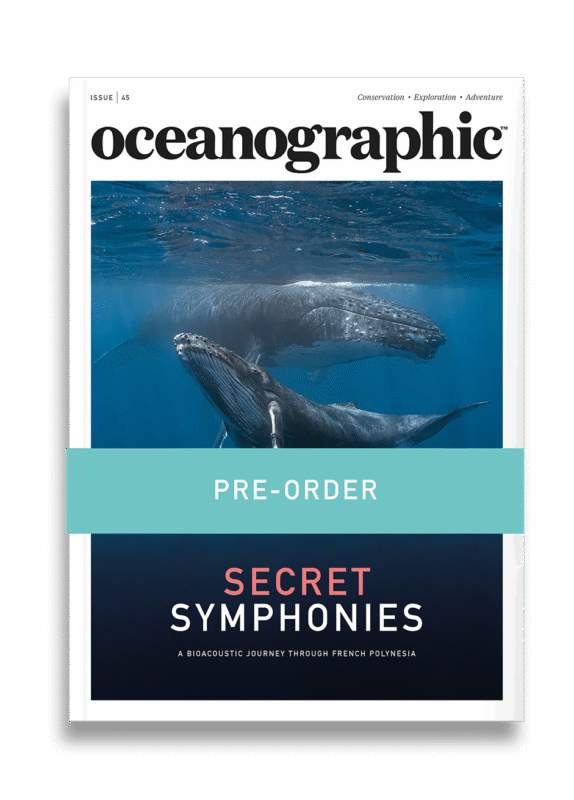Vanishing variety: "Unusual" sharks face highest extinction risk
A new study warns that shark species with the most distinctive bodies and ecological roles - from deep-sea specialists to surface dwellers - are also the ones most at risk. Their disappearance could leave behind a far less varied, “homogenized” shark population.
If current extinction rates hold, Earth’s sharks – species that have mastered the ocean for more than 400 million years – may soon lose much of their remarkable diversity, threatening the delicate balance of marine ecosystems they help sustain.
A new Stanford University study warns that shark species with the most distinctive bodies and ecological roles – from deep-sea specialists to surface dwellers – are also the ones most at risk. Their disappearance could leave behind a far less varied, “homogenized” shark population: mostly medium-sized species inhabiting mid-ocean depths.
“If these extinctions unfold as predicted, sharks will become more alike – simplified versions of what they once were,” said lead author Mohamad Bazzi, a postdoctoral scholar at the Stanford Doerr School of Sustainability. “Even small differences between species matter. Each one brings something distinct and important.”
From palm-sized dwarf lanternsharks to bus-length whale sharks, these fish have evolved into one of the ocean’s most varied lineages. But according to previous studies, around a third of the world’s 500 known shark species are now teetering toward extinction, mostly due to human pressures such as overfishing and habitat loss.
The new analysis, led by Bazzi and senior author Jonathan Payne, reveals that the most imperilled species tend to occupy ecological extremes. Their loss, the researchers argue, would erase millions of years of evolutionary experimentation, dulling the once-vivid spectrum of shark forms and functions.
“Those popular shark books for kids would become a lot less fun and interesting,” Payne noted. “You’d be left with fewer shapes, fewer colours, and fewer ecological stories.”

To trace patterns of extinction risk, the team turned to a surprising source – shark teeth. Analysing more than 1,200 teeth from 30 species in the genus Carcharhinus – a group that includes the bull and oceanic whitetip sharks – the researchers found that tooth form and size, reliable indicators of diet and body type, correlate closely with vulnerability.
Of the 35 recognised Carcharhinus species, 25 are listed by the International Union for Conservation of Nature (IUCN) as “Vulnerable,” “Endangered,” or “Critically Endangered.” The data suggest that species with unusual morphologies or specialised feeding habits face the highest extinction risks.
“When extinction removes the specialists, what remains are the generalists – the average ones,” Payne explained. “We lose in basically every way when we drive species extinct.”
This trend toward what scientists call phenotypic homogenization could have cascading consequences. The loss of functional diversity – a key buffer in resilient ecosystems – mirrors what’s already been observed on land. When vultures vanish, carrion piles up. When sea urchins explode in number, coral reefs suffer. The same could soon be true beneath the waves.
Despite the grim outlook, researchers emphasise that change is still possible. Overfishing remains the single greatest threat, but it is also among the most addressable through stronger policy and global cooperation.
Payne points to the northern elephant seal as a symbol of hope. Once hunted to near-extinction in the 19th century, their population has rebounded to more than 150,000 after hunting bans took effect – a living reminder that recovery is achievable.
“Conservation doesn’t have to be a centuries-long process,” Payne said. “With the right action, we could see positive change for sharks within just a few decades.”


"*" indicates required fields
Printed editions
Current issue
Back issues

Back Issues
Issue 43 Sir David Attenborough’s ‘Ocean’

Back Issues
Issue 41 Holdfast to the canopy
Enjoy so much more from Oceanographic Magazine by becoming a subscriber.
A range of subscription options are available.








